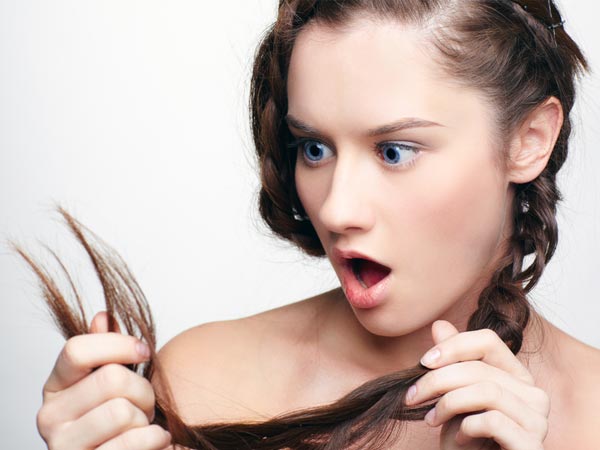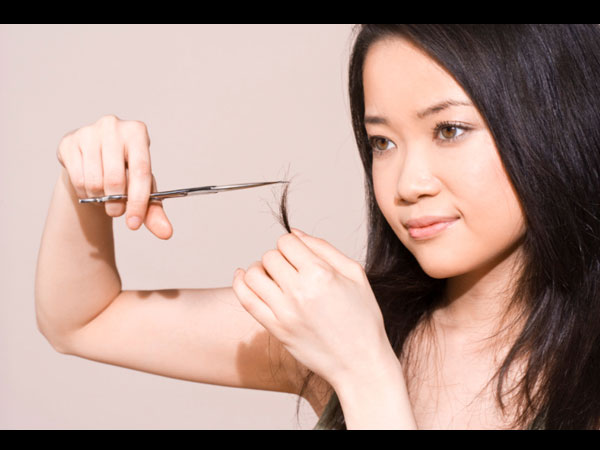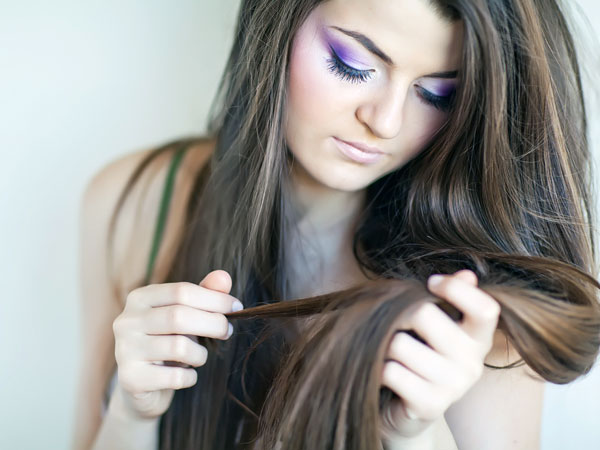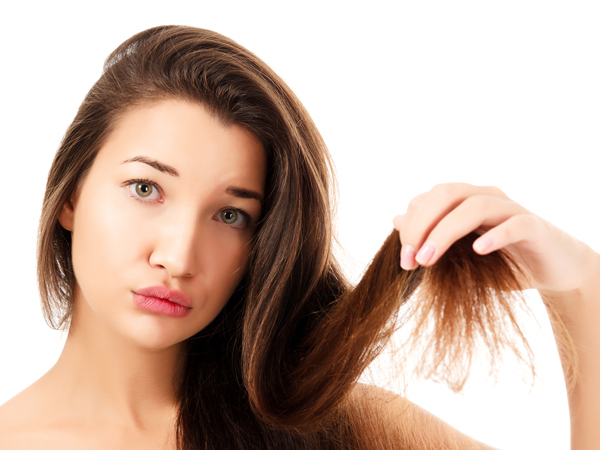Just In
- 3 hrs ago

- 4 hrs ago

- 7 hrs ago

- 8 hrs ago

Don't Miss
- News
 Chinese Official Asserts Stability In China-US Relations Amid Alleged US 'Interference'
Chinese Official Asserts Stability In China-US Relations Amid Alleged US 'Interference' - Sports
 Shubman Gill Record Against Delhi Capitals & Stats in Arun Jaitley Stadium Ahead Of DC vs GT IPL 2024 Match 40
Shubman Gill Record Against Delhi Capitals & Stats in Arun Jaitley Stadium Ahead Of DC vs GT IPL 2024 Match 40 - Movies
 Game Changer: Ram Charan's Remuneration For Director Shankar's Hyped Bilingual Political Drama Will SHOCK You
Game Changer: Ram Charan's Remuneration For Director Shankar's Hyped Bilingual Political Drama Will SHOCK You - Automobiles
 Nissan Magnite Achieves 1 Lakh Unit Sales Milestone: Consistency Helps
Nissan Magnite Achieves 1 Lakh Unit Sales Milestone: Consistency Helps - Technology
 Lenovo Unveils IdeaPad Pro 5i Laptop With Intel Core Ultra 9 Processor – Check Price, Specs
Lenovo Unveils IdeaPad Pro 5i Laptop With Intel Core Ultra 9 Processor – Check Price, Specs - Education
 WB Madhyamik Result 2024, WBBSE 10th Marksheet on wbresults.nic.in
WB Madhyamik Result 2024, WBBSE 10th Marksheet on wbresults.nic.in - Finance
 Sakuma Exports Secures Rs. 150 Cr Deal; Okays Rights Issue Amidst Positive Outlook
Sakuma Exports Secures Rs. 150 Cr Deal; Okays Rights Issue Amidst Positive Outlook - Travel
Kurnool's Hidden Gems: A Guide To Exploring India's Lesser-Known Treasures
Different Types Of Split Ends And How To Spot Them!
Read this article to know more about split ends and how to spot them.
Let's admit this, split ends happen to all of us! In between the use of heat-styling machine and inappropriate care of hair, split ends seem to be an inevitable problem to all of us.
For most of them, split ends are the major concerns which cannot be avoided or ignored at any cost. Split ends occur when the protective cuticle has been worn out or stripped off from the ends of the hair.
If you don't know what split ends are, here are some pointers you should consider while spotting them.
How To Spot Split Ends?
- If you have split ends, your hair generally tappers towards the end due to the loss of cuticle.
- You can observe that the tip of split ends begins to fray and split into two or more pieces due to damaged hair.

- Split ends won't lie smoothly with the rest of the hair because they are hard in consistency and texture.
- In some cases, split ends can also be spotted by tiny white small spots towards the end of the hair.
- Bend one strand of your hair over a finger and observe the hair shaft carefully. If your locks are tangled, then you are probably dealing with split ends.
- Pull one-two hair strands infront of your face and observe the end of the tip. The ends should be straight; but if it divides into two-three parts and is uneven, then you are possibly dealing with split ends.
- Sometimes, split ends can even look like regular splits but may have two, three or even five split hair strands on the hair end.
- Split ends generally make a small Y at the end of the hair. This usually happens when one split end leads to another spilt end.

- If your hair frequently needs to be brushed towards the end, it means your hair probably has spilt ends.
- Split ends can thin down your hair from the end, which may result in uncontrolled breakage.
- Split end is generally formed towards the end of your hair. In case you have layered hair, you can examine the areas where your hair is thinnest.

- In some cases, the cortical cells of the hair are held together, but then the large sections of the hair start to split.
- Sometimes, you may see branches of hair developing from one spilt end.
- Single strand knots on the hair may be considered as early signs of split ends. This is typically a problem with people who have curly hair.
- Sometimes, a candle-like shape is formed towards the end of the hair, which is due to excessive loss of outer cuticle of hair.

- Examine a few strands of your hair and if your hair has a fork-like end, it probably means you have spilt ends. Fork on hair is generally caused by damage of fibre on the tresses.
- When your hair looks visibly wrinkled, it probably means you have split ends. Crinkled hair is generally due to excessive use of shampoo and chemical treatment.
- When your hair starts bending at an angle towards the end and is uneven, you are probably dealing with split ends.
- Examine your hair from top to bottom; if the texture of spilt end is rough, dry and hard, then you are almost certainly dealing with split ends.

- Any small or uneven hair around the house may be a sign of damaged hair with split ends.
- When the ends of the hair start peeling away, it is probably due to split ends.
- Split ends begin to thicken along the shafts leading to tangles and breakage.
-
 beautyDIY Home Remedies For Split Ends You Should Try Today!
beautyDIY Home Remedies For Split Ends You Should Try Today! -
 hair careHair Dusting: New Hair Cutting Technique You Should Know About
hair careHair Dusting: New Hair Cutting Technique You Should Know About -
 women fashionHow To Cut Your Own Hair And Not Regret It Later!
women fashionHow To Cut Your Own Hair And Not Regret It Later! -
 hair care8 Effective Tips To Tackle Split Ends
hair care8 Effective Tips To Tackle Split Ends -
 hair careHow To Use Coconut Oil To Tackle 8 Most Common Hair Issues
hair careHow To Use Coconut Oil To Tackle 8 Most Common Hair Issues -
 hair care11 Fabulous Home Remedies For Split Ends
hair care11 Fabulous Home Remedies For Split Ends -
 hair careHome Remedies Using Banana To Treat Split Ends
hair careHome Remedies Using Banana To Treat Split Ends -
 beautyWhy Is It Necessary To Trim Split Ends?
beautyWhy Is It Necessary To Trim Split Ends? -
 hair care10 Common Habits That Damage Your Hair And Cause Split Ends
hair care10 Common Habits That Damage Your Hair And Cause Split Ends -
 hair careTips For People With Extremely Damaged Hair
hair careTips For People With Extremely Damaged Hair -
 hair careHow To Treat Split Ends Using Kitchen Ingredients?
hair careHow To Treat Split Ends Using Kitchen Ingredients? -
 hair careHow To Get Rid Of Split Ends WITHOUT Getting A Haircut
hair careHow To Get Rid Of Split Ends WITHOUT Getting A Haircut


 Click it and Unblock the Notifications
Click it and Unblock the Notifications



